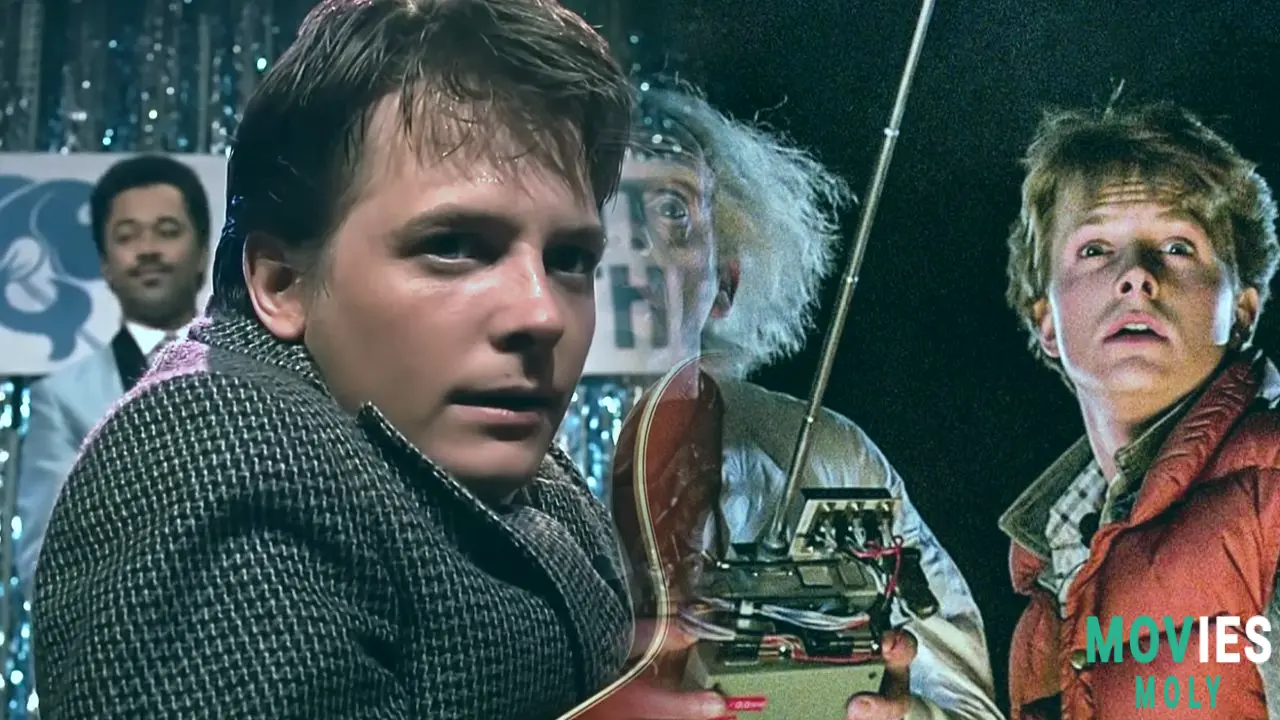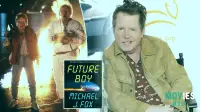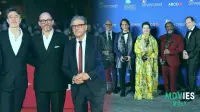Marty McFly's legendary guitar from the "Johnny B. Goode" scene has been missing for 40 years, and Michael J. Fox is finally weighing in on the famous movie mistake and the global search for the instrument.
TL;DR
- Michael J. Fox addresses the "temporal inconsistency" of Marty McFly playing a 1958 Gibson ES-345 in 1955 in his new memoir, Future Boy.
- The iconic red Gibson ES-345 guitar used in the film has been missing for 40 years, leading Gibson to launch a global search joined by Fox.
- Fox speculates the guitar might have been stolen by someone who knew its future value, and Gibson plans a documentary about the hunt.
Alright, fellow movie buffs and guitar geeks, let's talk about something that's probably bugged you since your first viewing of Back to the Future: that iconic "Johnny B. Goode" scene. Marty McFly, our favorite time-traveling teenager, absolutely shreds on a Cherry Red Gibson ES-345, inspiring Marvin Berry to call his cousin Chuck. Sounds epic, right?
Well, here's the rub: that particular Gibson ES-345 didn't even exist until 1958, three whole years after the movie scene is set! Hardcore fans and guitar aficionados have pointed out this "temporal inconsistency" for decades, wondering why Marty didn't play a Gibson ES-350T, which was available in 1955 and famously played by Chuck Berry himself.
Now, nearly 40 years after the film's release, the man himself, Michael J. Fox, has finally addressed this famous movie mistake in his new memoir, Future Boy: Back to the Future and My Journey Through the Space-Time Continuum. And his take on it is, honestly, pretty chill.
"Both the '55 and '58 versions of the Gibson electric are rare and beautiful instruments; for me, it makes little difference which I played. I've always loved the Gibson E line: big, imposing guitars yet hollow-bodied and therefore lightweight. Even a little guy like yours truly could sling 'em and fling 'em and still make 'em sing."
— Michael J. Fox, Future BoyFox totally gets why fans are fixated on it, calling it "noteworthy only for the thousands of Future heads who clock every detail in the movie and parse every quirk in the timeline continuum." But he also reveals there's no deep, hidden Easter egg here. The film's art department simply chose the ES-345 because it "evoked the iconic wine-red axe that Chuck Berry famously duckwalked across stages all over the world." So, it was more about the vibe than the historical accuracy, and hey, it worked!
Exploring the Mind-Bending "Johnny B. Goode" Bootstrap Paradox
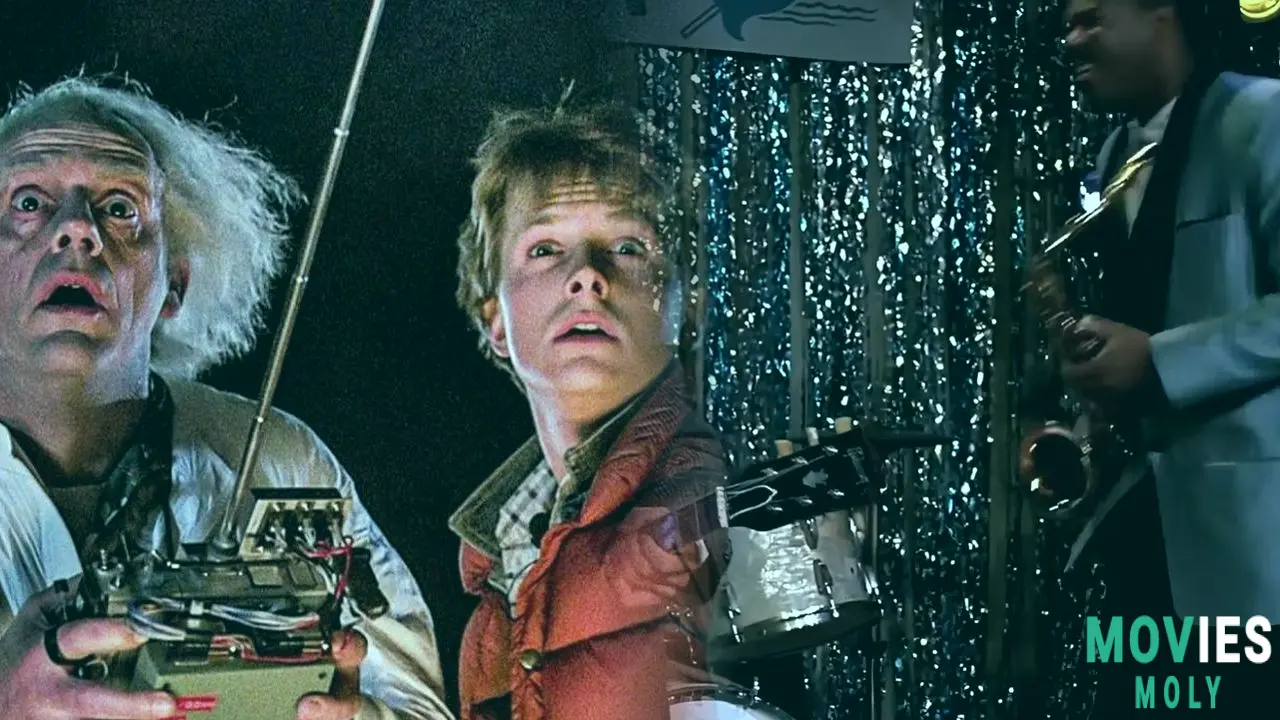
Beyond the guitar's anachronism, that legendary "Johnny B. Goode" performance by Marty McFly at the Enchantment Under the Sea dance throws another curveball into the space-time continuum: the infamous 'bootstrap paradox.' If you've ever found yourself scratching your head after this scene, you're not alone!
Here’s how it goes: Marty travels back to 1955 and performs "Johnny B. Goode." Marvin Berry, Chuck Berry's cousin, hears it and is so blown away that he calls Chuck to make him listen to the "new sound." This inspires Chuck to then write and release the song in 1958. Now, if Chuck Berry wrote the song because Marty played it for him in 1955, and Marty learned the song from Chuck Berry's original 1958 release, then who actually wrote the song in the first place?
Mind blown, right? It's a classic time-travel riddle where the origin of the information (the song) seems to have no starting point, creating a causal loop. Director Robert Zemeckis and writer Bob Gale are known for their clever time-travel shenanigans, and this one is a harmless, fun joke woven right into the fabric of the story. It adds another layer of playful complexity to an already complex plot, making us question everything about cause and effect. Don't worry if it leaves you a bit dizzy – that's part of the fun!
The Global Quest to Find Marty McFly's Lost Back to the Future Guitar
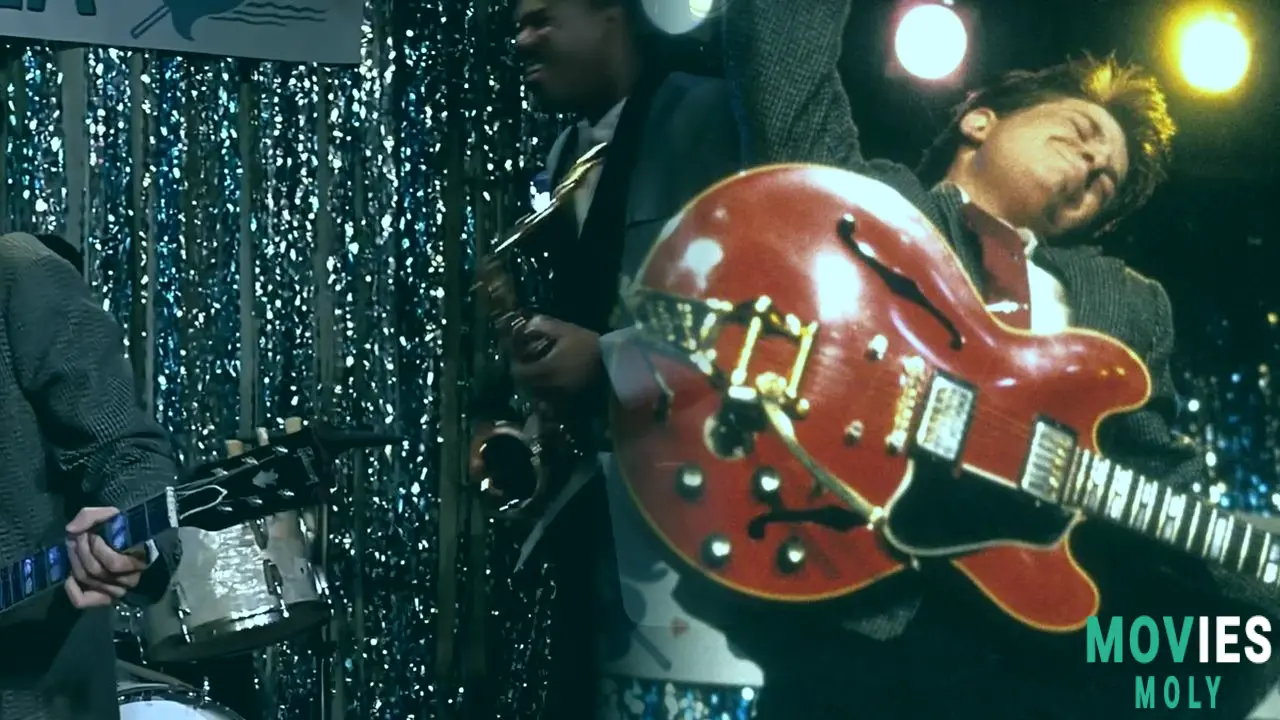
While the "temporal inconsistency" of the guitar's age is a fun detail for fans, there's a much bigger, real-world mystery surrounding that very instrument: it's been missing for four decades! This year marks the 40th anniversary of Back to the Future, and to commemorate the occasion, Gibson, the renowned guitar manufacturer, launched a global hunt to track down the long-lost Cherry Red Gibson ES-345 that Marty McFly used to rip through "Johnny B. Goode."
Imagine being the team searching for arguably one of the silver screen's most culturally impactful guitars! After filming wrapped in 1985, the six-string inexplicably vanished. Despite its massive legacy – influencing countless musicians like John Mayer and Coldplay's Chris Martin to pick up a guitar – it hasn't been seen since. Gibson even released a video with Michael J. Fox urging fans, "We need your help, we're trying to find the guitar I played in Back to the Future. It’s somewhere lost in the space-time continuum, or it’s in some teamster’s garage."
To aid in their monumental task, Gibson has brought in the big guns: the same investigators who successfully spearheaded the search for Paul McCartney's Hofner violin bass after it went missing for 50 years. They've shared telling details to help identify the exact guitar, like its unique block parallelogram inlay on the 12th fret, which differs from the usual split parallelogram found on many ES-345s. This specific detail could be key to distinguishing the authentic movie prop from other models.
Michael J. Fox Offers His Personal Theory on the Guitar's Disappearance
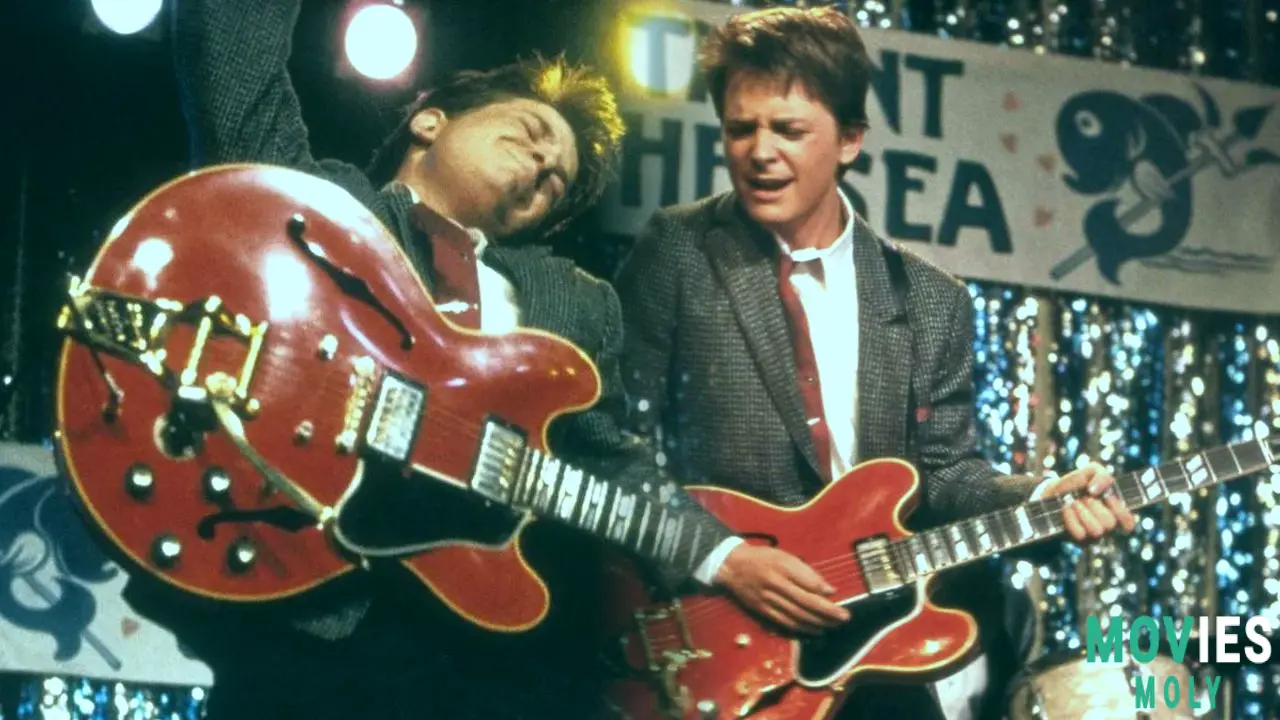
So, what does Michael J. Fox think happened to his famous "red rock and roll machine"? In his new book, Future Boy, he shares his own theory, and it's not quite as optimistic as finding it in a prop master's dusty attic. He admits he didn't have the foresight to keep it:
"I wish I could claim to possess it, but I didn't have the foresight to know how valuable it would become. Unfortunately, somebody did anticipate that and snagged it for themselves. Whether it’s in their active collection or stashed in their attic or home studio, they’re not speaking up. Perhaps they’re waiting for the statute of limitations on vintage guitar theft to expire."
— Michael J. Fox, Future BoyThat's a pretty bold claim! Fox believes someone out there knew the guitar's potential value and decided to keep it, perhaps illegally. With collectible guitars fetching "exorbitant prices" today, the value of the Back to the Future ES-345 "is huge." Gibson has been "inundated with leads and tip-offs" since announcing the search, but none have brought the quest to a close. Fox's theory suggests that the current owner is purposely staying silent, hoping to avoid any legal repercussions as time passes.
Gibson isn't giving up, though. They've even gone so far as to sponsor a documentary film, tentatively titled Lost to the Future, to chronicle the search. However, as Fox notes, the documentary's release is "linked to the existential discovery and retrieval" of the guitar. He cynically adds, "Apparently, the release of the documentary will come after the guitar is found, if that ever happens." It seems like this treasure hunt might just be one for the ages.
Michael J. Fox's Return to Acting and Legacy Beyond Back to the Future
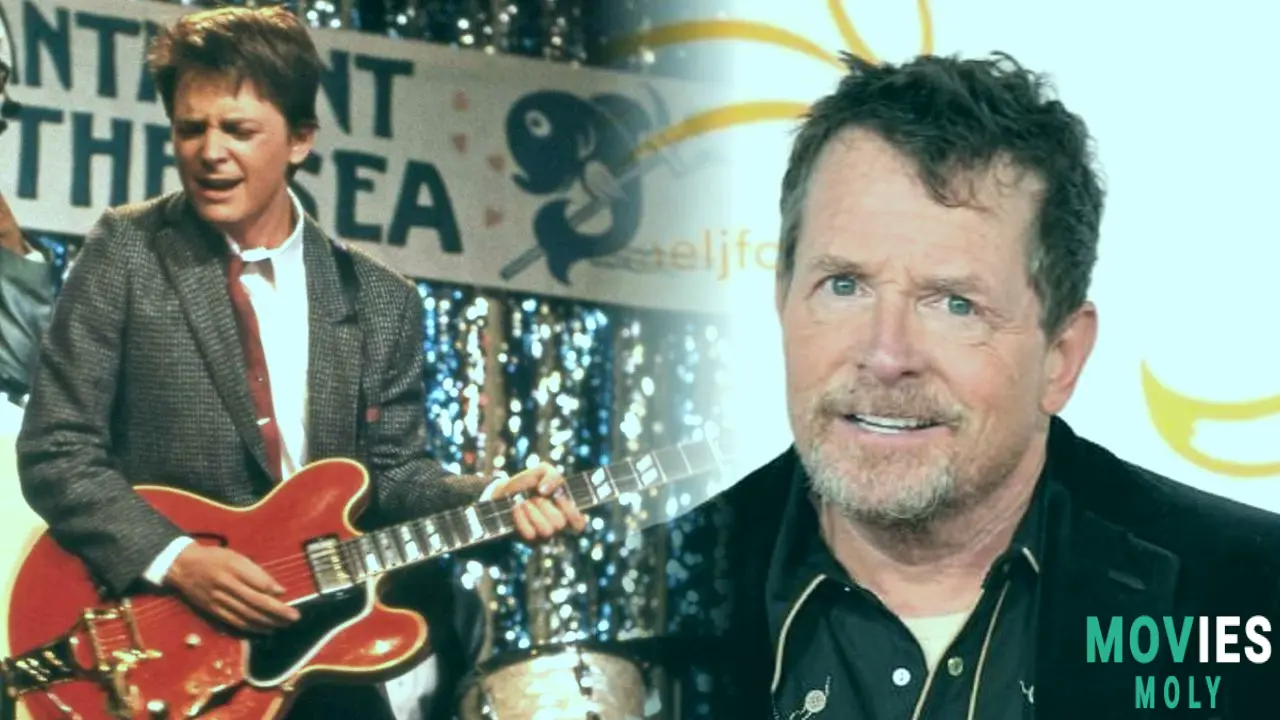
Beyond the missing guitar and time-travel paradoxes, Michael J. Fox has continued to inspire fans with his enduring spirit and talent. He's officially returned to acting after retiring five years ago, appearing in the Apple TV+ dramedy Shrinking. This marks his first role since 2020's The Good Fight.
His role in Shrinking is particularly special as his character lives with Parkinson's disease, a condition Fox has bravely lived with since his diagnosis in 1991. He expressed interest in the series after learning that lead Harrison Ford's character in the show was also diagnosed with the disease. This powerful return showcases his dedication to his craft and his ability to connect with audiences on a deeply personal level.
Fox also reflected on the creation of the famous "Johnny B. Goode" scene, calling it his "favorite scene in the movie" and admitting he "worked harder" on it than any other. He collaborated with the cinematographer and choreographer, saying, "I want to riff through all of my favorite guitarists, like doing Jimi Hendrix behind the head, Pete Townshend doing a windmill, and the Eddie Van Halen hammer thing. It was so cool that they were open to that, and we laid it all out there." This dedication to his performance, combined with the film's enduring impact, solidifies his place as a cinematic icon. The original Back to the Future, released on July 3, 1985, continues to be cherished, with its runtime of 116 minutes of pure, timeless fun.
Frequently Asked Questions About the Back to the Future Guitar
When did Michael J. Fox's memoir, Future Boy, come out? Michael J. Fox's new memoir, Future Boy: Back to the Future and My Journey Through the Space-Time Continuum, was released recently. Specific articles note its release as "out now" or "released on Tuesday" (in relation to articles published in October 2025). What is the 'temporal inconsistency' with the guitar in Back to the Future? The temporal inconsistency is that Marty McFly plays a Cherry Red Gibson ES-345 guitar during the 1955 "Enchantment Under the Sea" dance. However, in real life, the Gibson ES-345 model wasn't released until 1958, three years after the scene is set. Is Gibson still looking for the missing Back to the Future guitar? Yes, Gibson launched a global search in June (around the film's 40th anniversary) to find the iconic ES-345 guitar. They've even hired the team behind the Lost Bass Project (who found Paul McCartney's missing bass) to help, and plan a documentary about the search. Where can I watch Back to the Future? Back to the Future is available to rent or buy on various platforms. Its original release date was July 3, 1985, and it has a PG rating. Sources- Ign.com (Wesley Yin-Poole)
- Guitarworld.com (Phil Weller)
- Celebsnow.co.uk
- EW.com (Ryan Coleman)
- CBR.com

